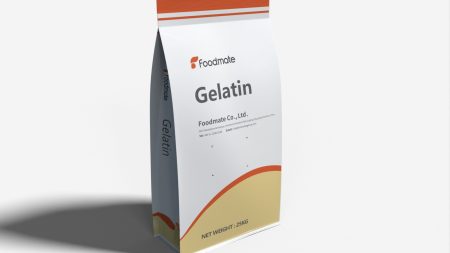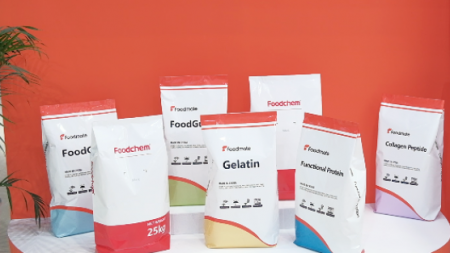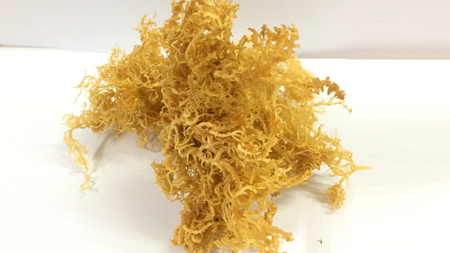What is collagen? Back to the basics
The word "collagen" comes from the Greek κόλλα, or kolla, which means glue. Designed by nature, it is the most abundant protein in mammals, accounting for 25% to 35% of the total body protein content. This fibrous connective tissue holds our bodies together.
Collagen consists of three long chains of over 1,000 amino acids each. These are winded together to form a triple helix, a unique structure in biology, that enables the building of elongated fibrils. Collagen’s atypical amino acid composition is characterized by a high content of hydroxyproline, glycine and proline.
28 types of collagen have been identified. They occur in different parts of the body and are classified in several groups, according to the structures they form, either fibrillar (Type I, II, III, V, XI) or non-fibrillar (most of the other types).
Collagen, people and history
Collagen has a long history of use. Centuries ago, people extracted it from bovine or porcine bone broth, seeking to use every part of the animal and waste nothing. Our ancestors also quickly understood the value of this protein. In the 12th century, abbess and scholar Hildegard von Bingen advised people to get relief from joint complaints by taking broth made from calves’ feet—a rich source of collagen. Napoleon is also believed to have been a big fan, supplying his troops with this nutritious ingredient.
Gelatin, which is derived from collagen, soon also gained wide use - used not only in our grandmothers’ kitchens, but also in industry. Because of its unmatched physicochemical properties and functionalities, it found its way into many applications.




 Whatsapp
Whatsapp